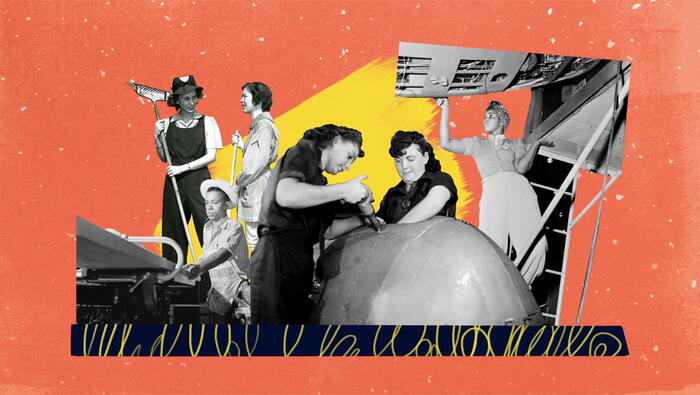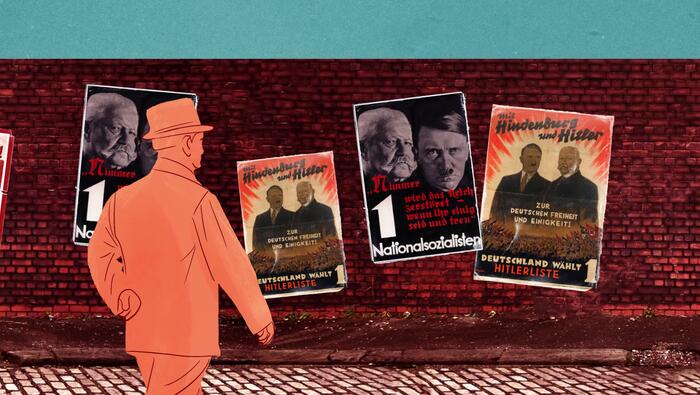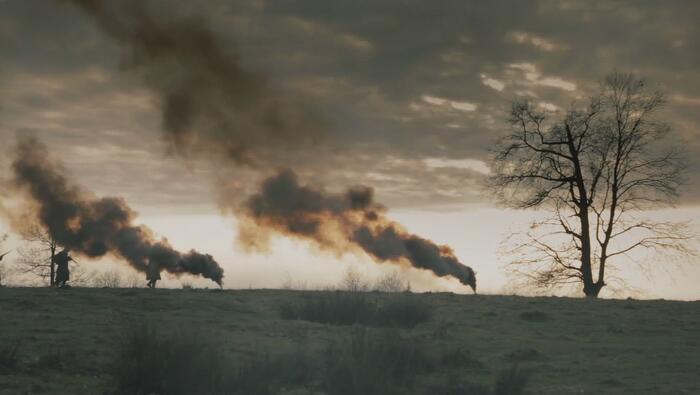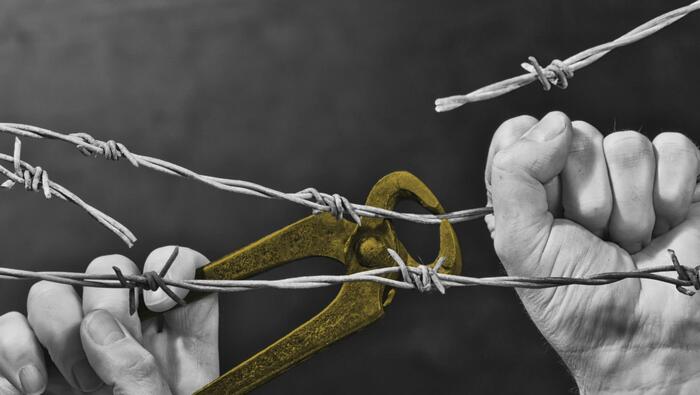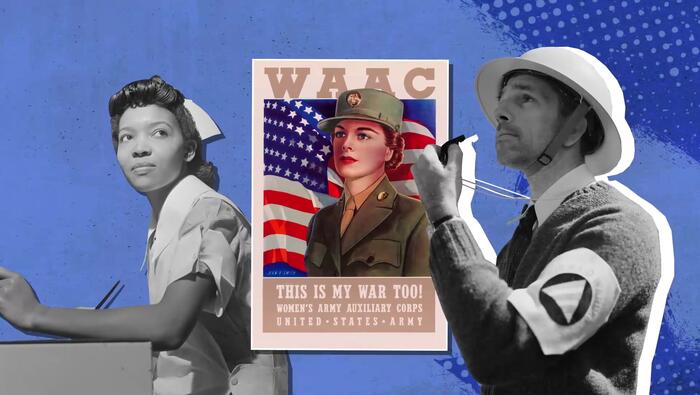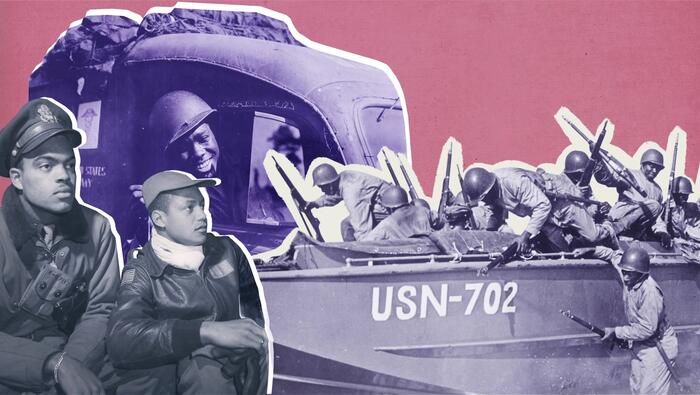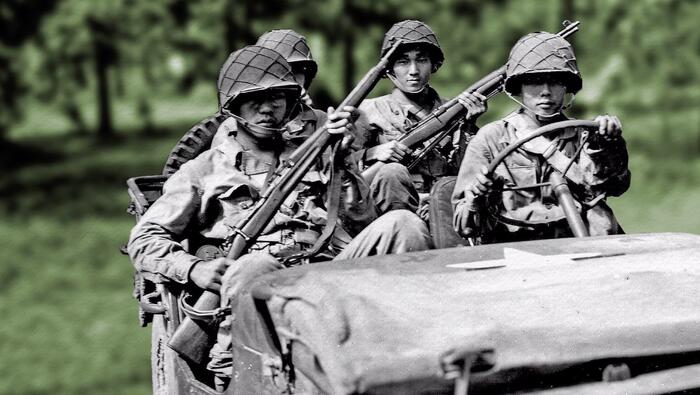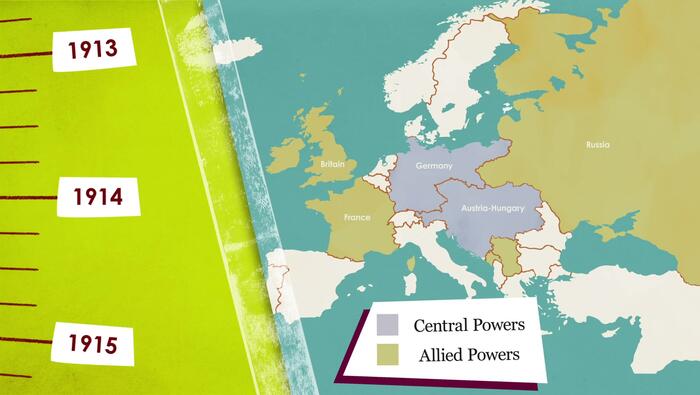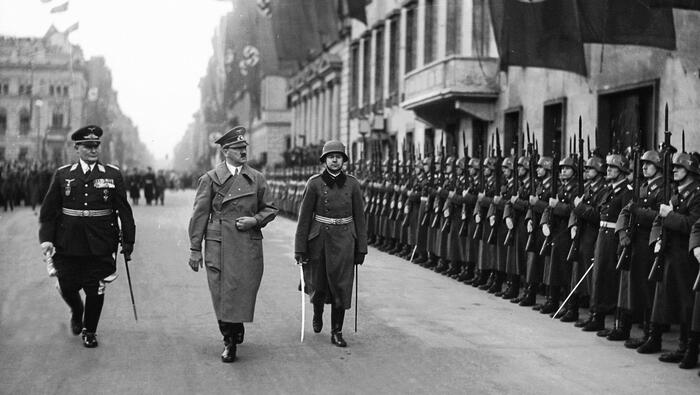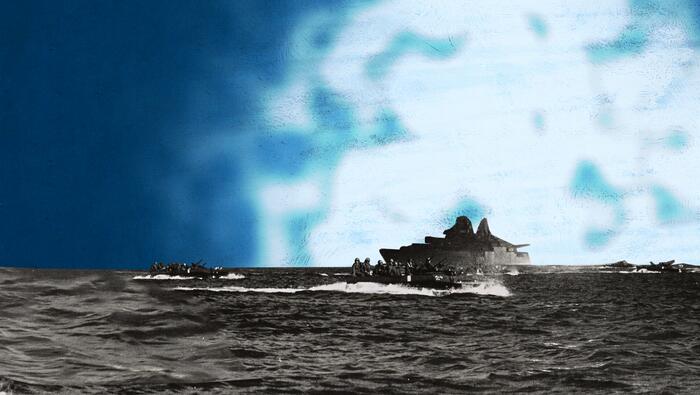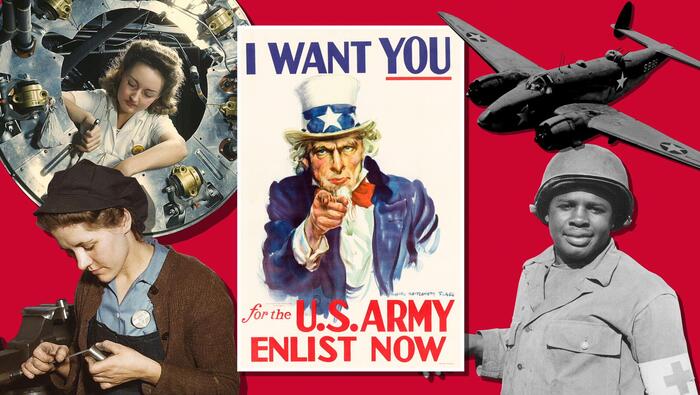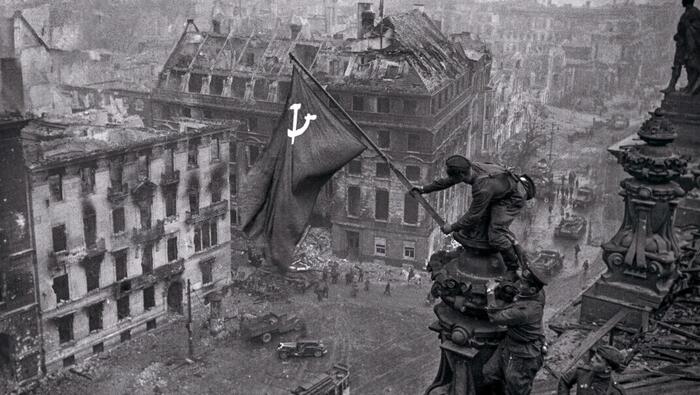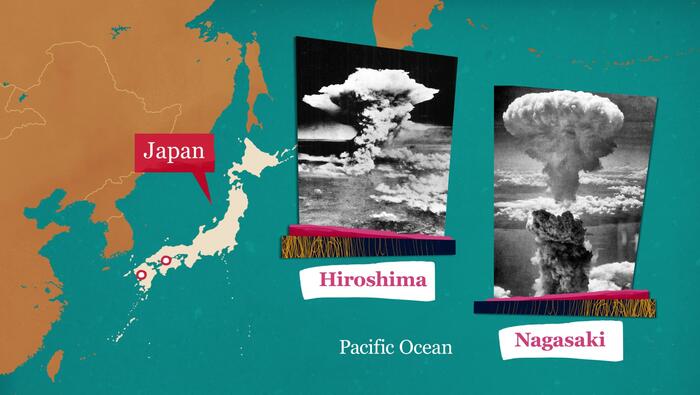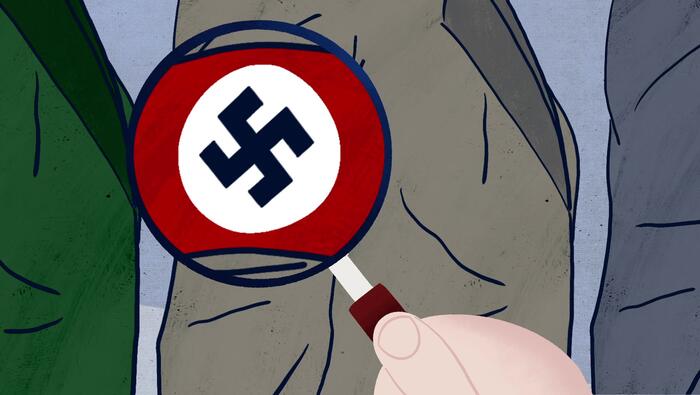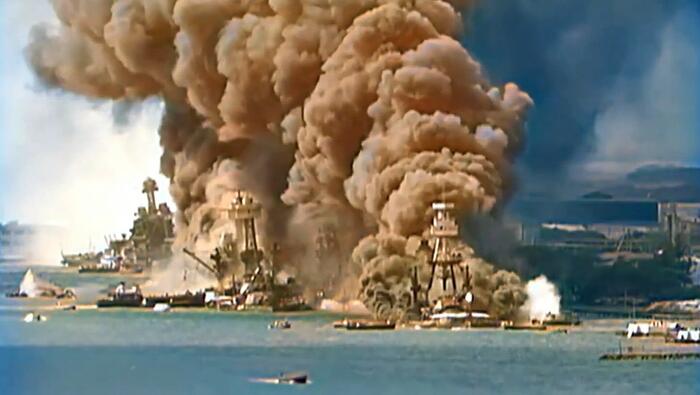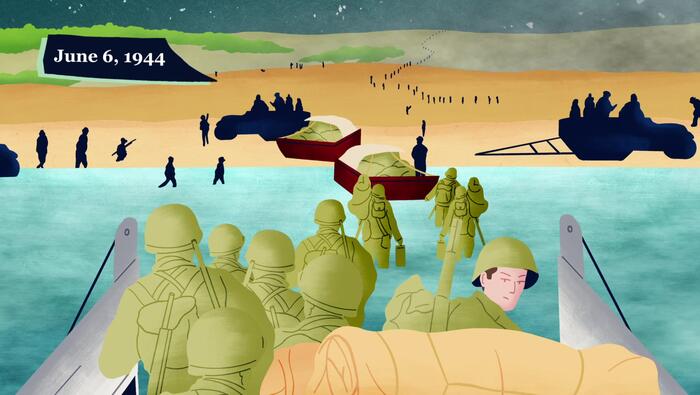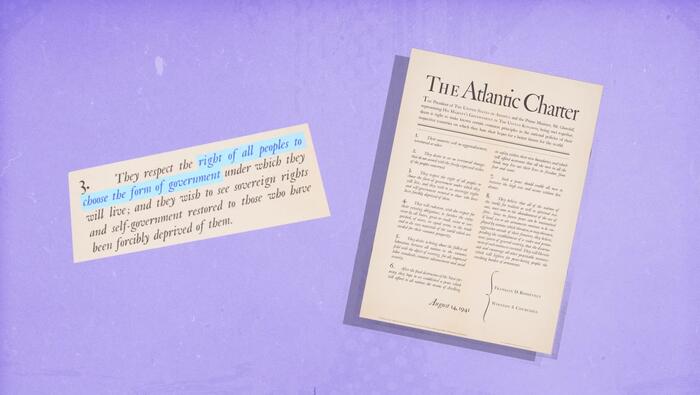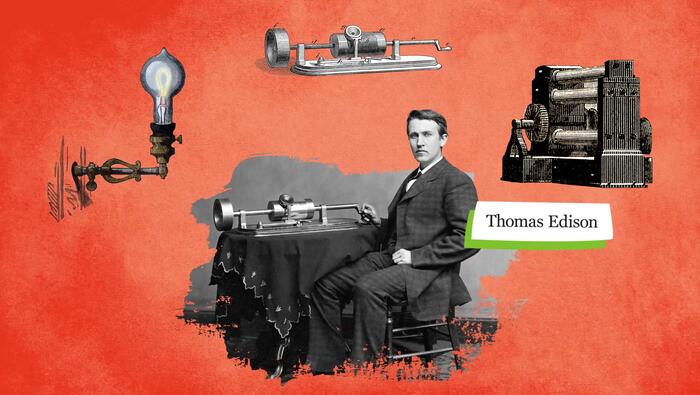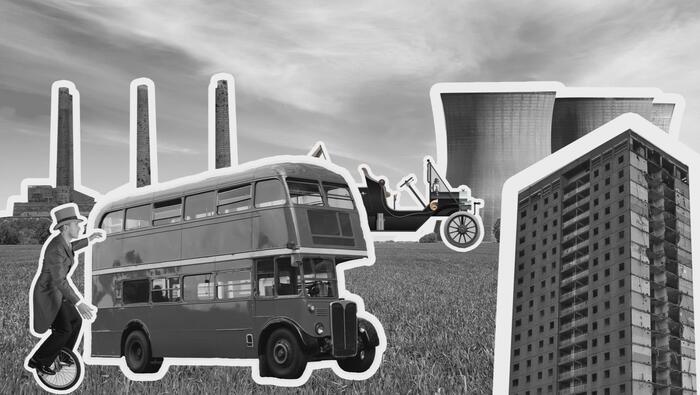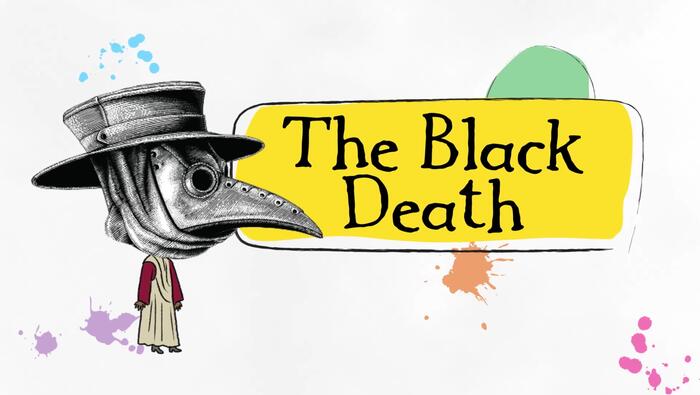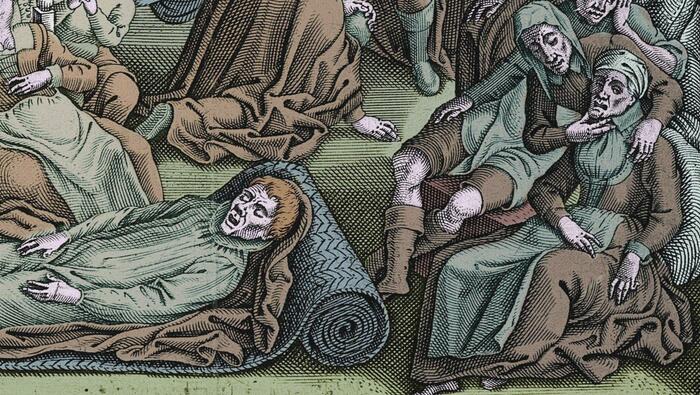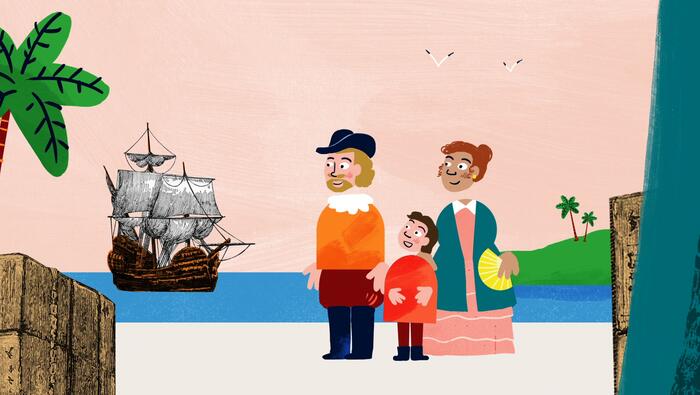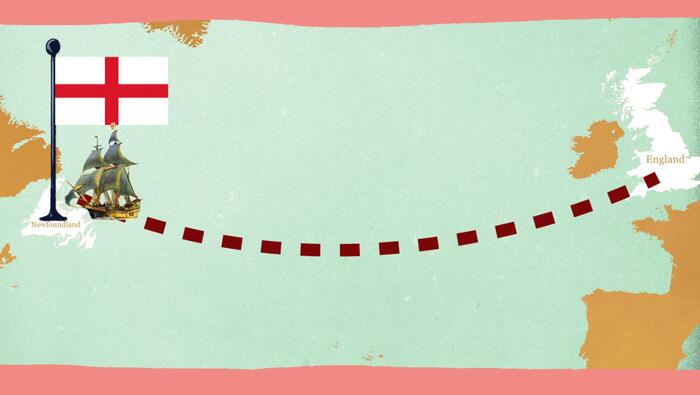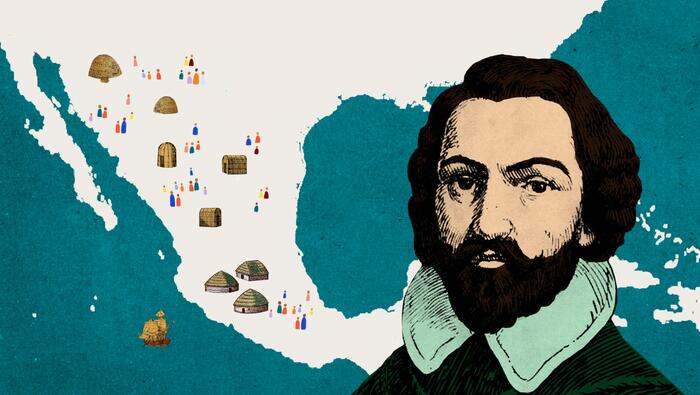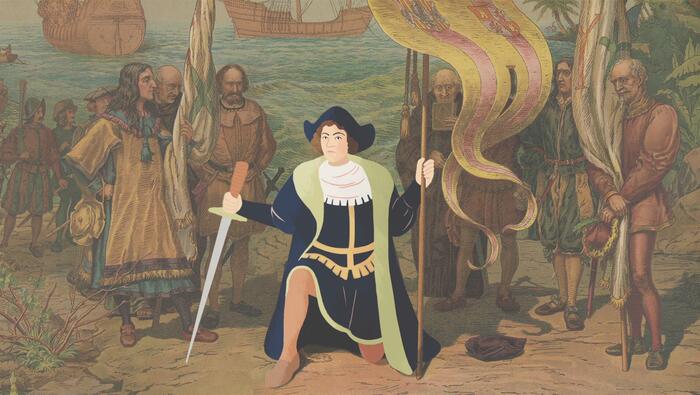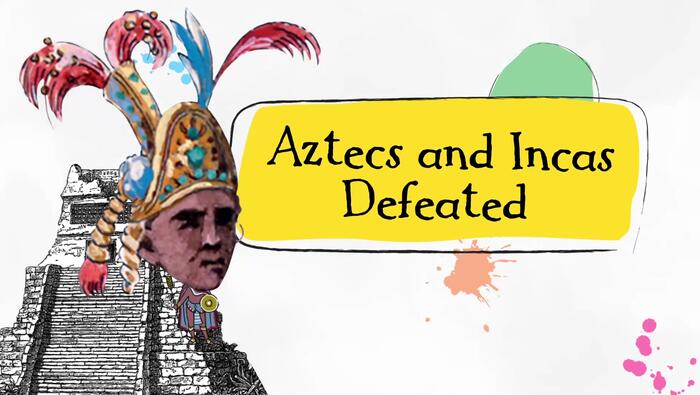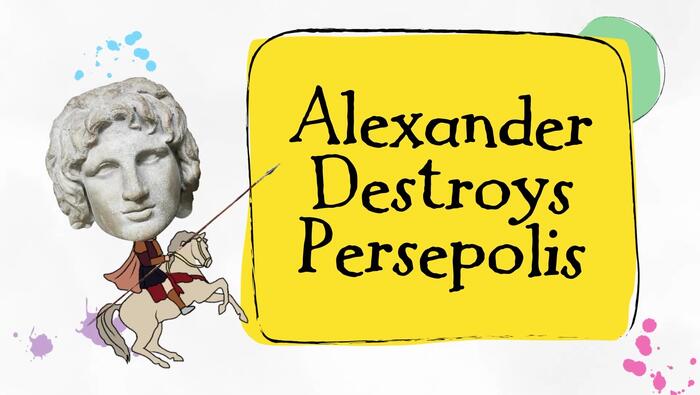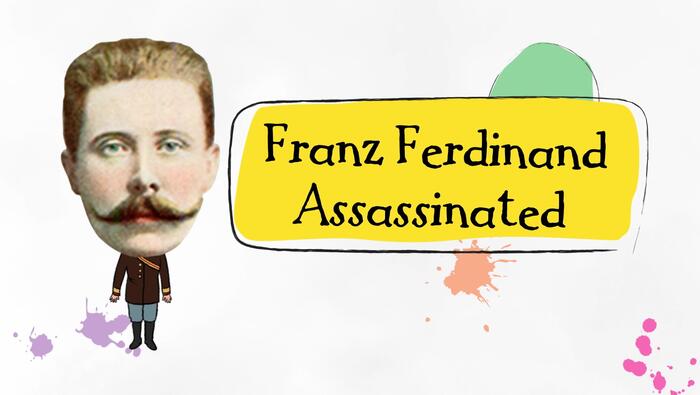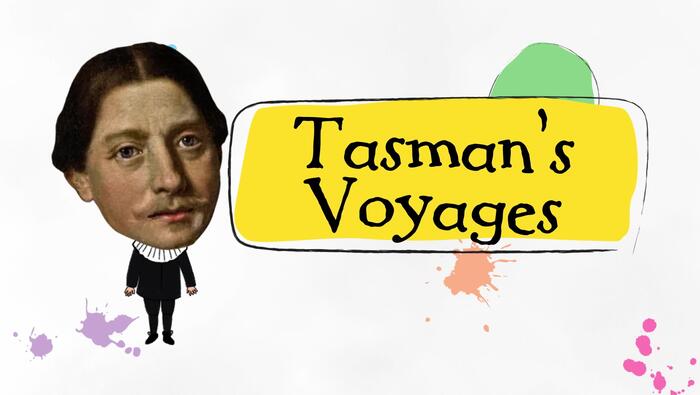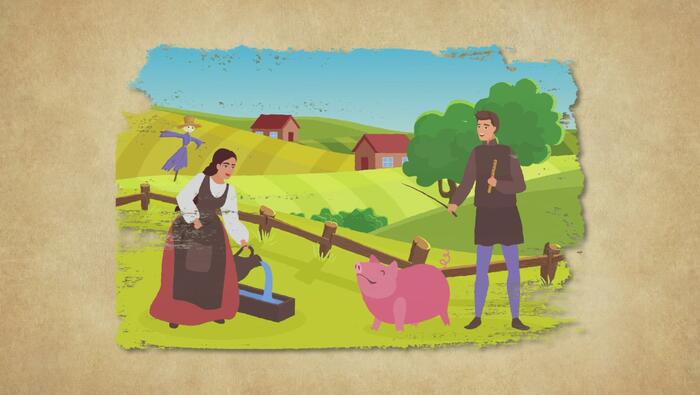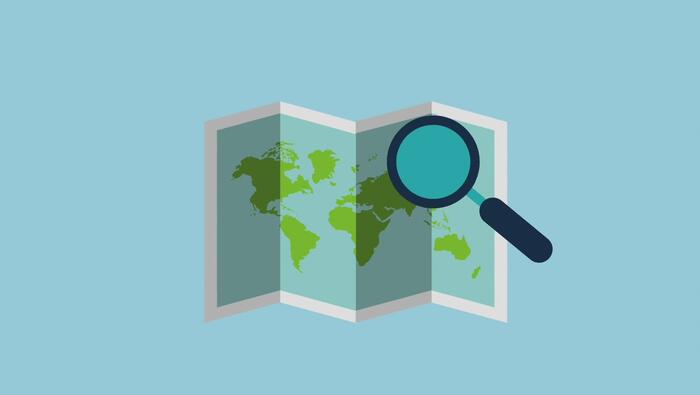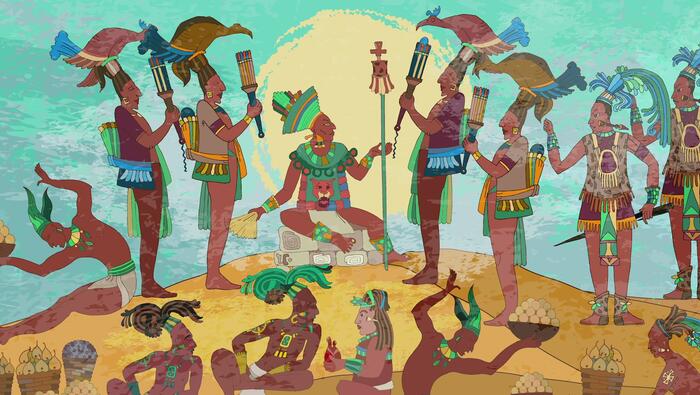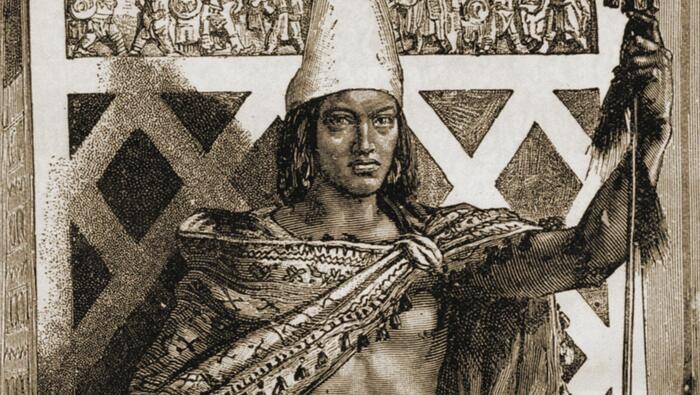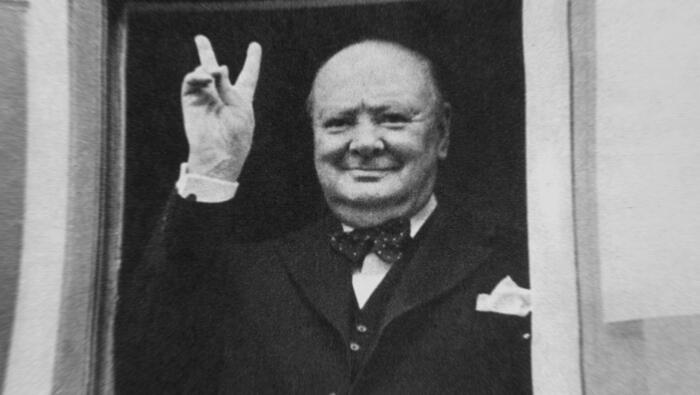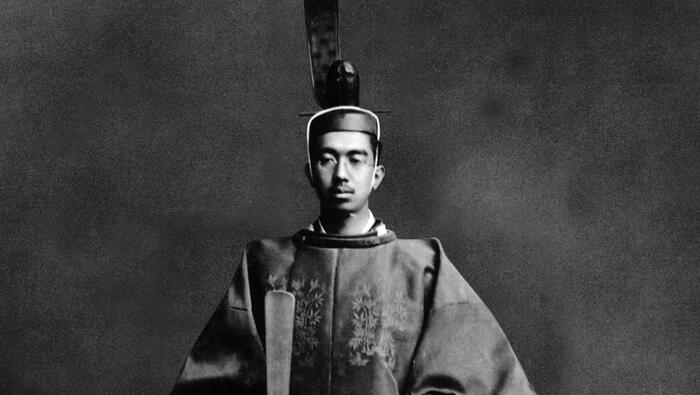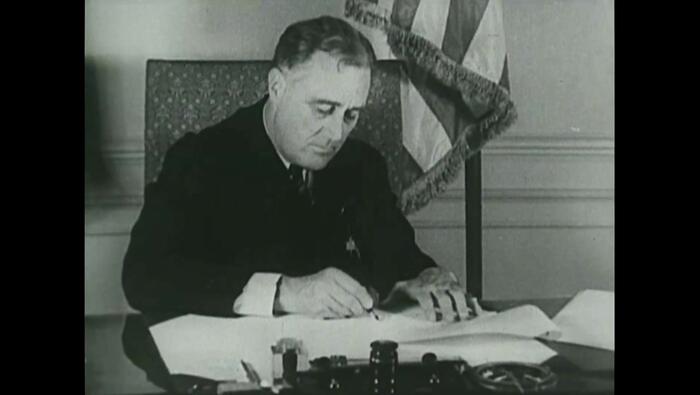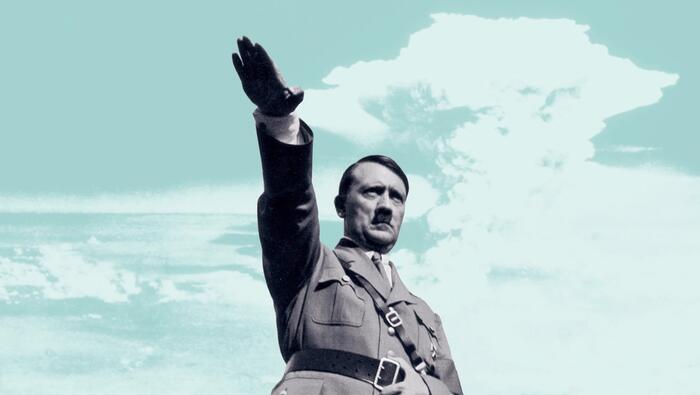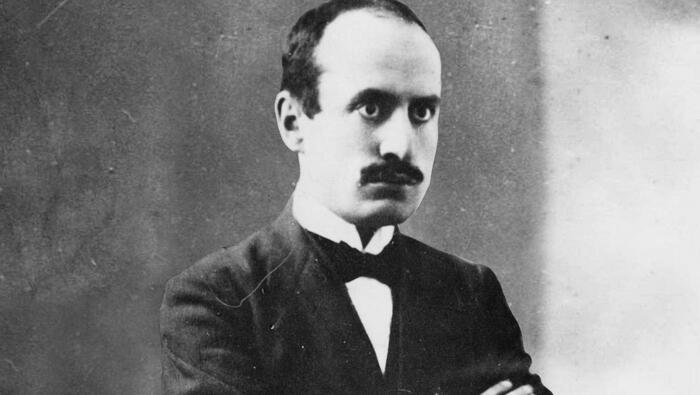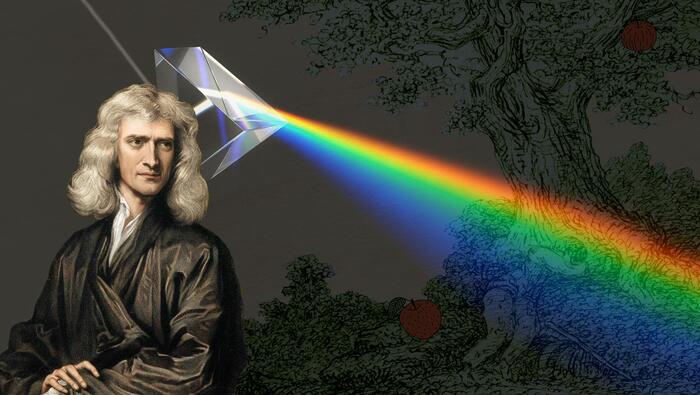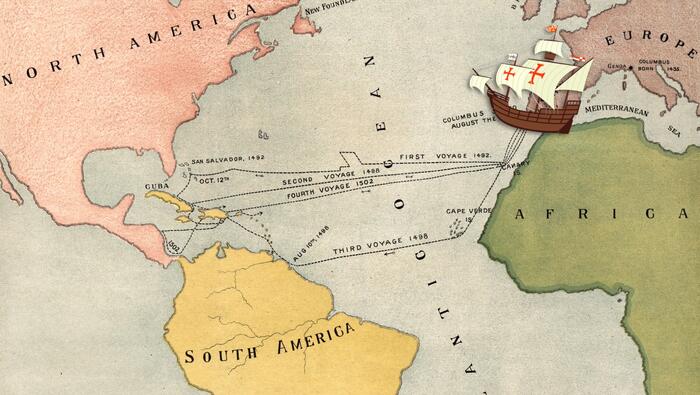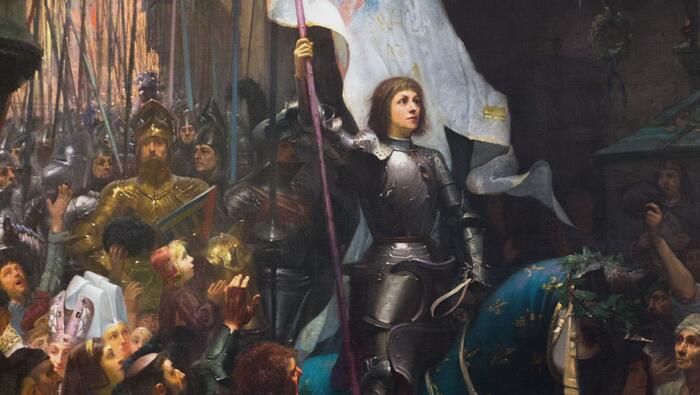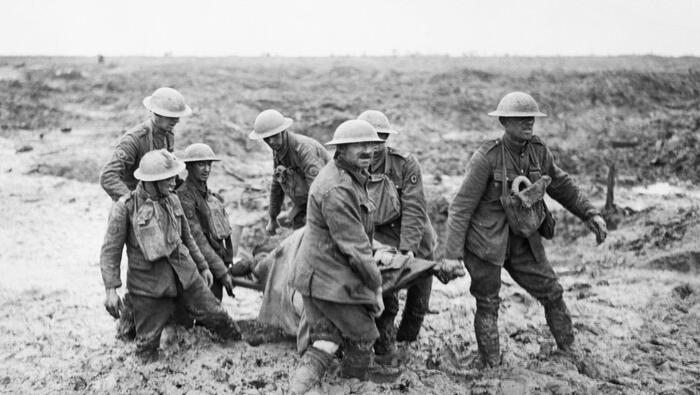
World War I: Part Two
This is a timeline of events during the second half of World War I, from 1916 to 1919. From the devastating Battle of the Somme to the introduction of U-boats and the eventual signing of the Treaty of Versailles, this period witnesses significant battles, shifting alliances, and the profound impact of the war on nations and their people.
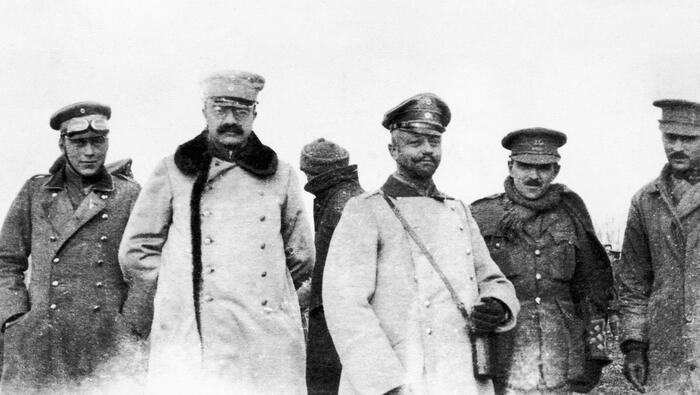
World War I: Part One
This is a timeline of the first half of World War I, from 1882 to 1916, as alliances form, assassinations spark conflicts, and trench warfare becomes the norm. From the assassination of Archduke Franz Ferdinand and the brutal warfare on the Western Front, this war becomes a deadly struggle that shapes the course of history.
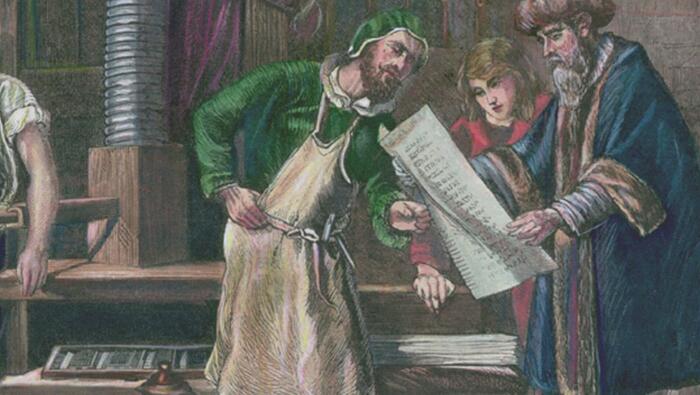
Renaissance
This is a timeline of the history of the Renaissance, from 1305 to 1543. The Renaissance was a period of cultural, artistic and scientific "rebirth" in 14th century northern Italy, which saw the emergence of new and innovative art, literature, and scientific discoveries that laid the foundation for the modern world.
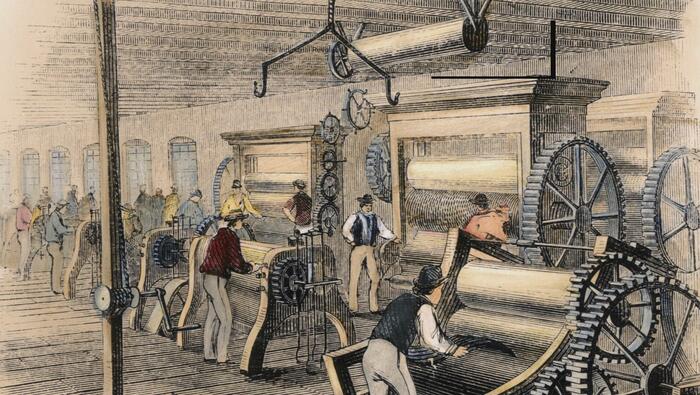
The Industrial Revolution
The Industrial Revolution was a period of significant change in human history that began in Britain in the 1700s and lasted for two centuries. It was marked by the rise of machines and manufacturing, which transformed the way people lived and worked, and led to the widespread adoption of new technologies and innovations.
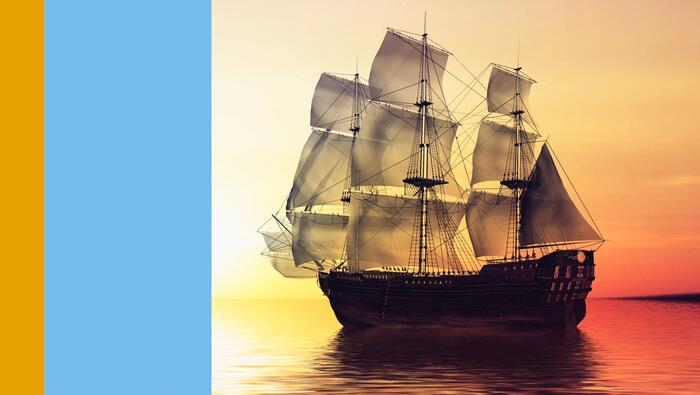
Exploring the World
This is a timeline of the events in the history of the Age of Exploration from the early 1400s to 1521. During the 15th and 16th centuries, European explorers set sail to discover new lands, great riches and exotic goods, leading to the discovery of trade routes across the world and the first circumnavigation of the globe.
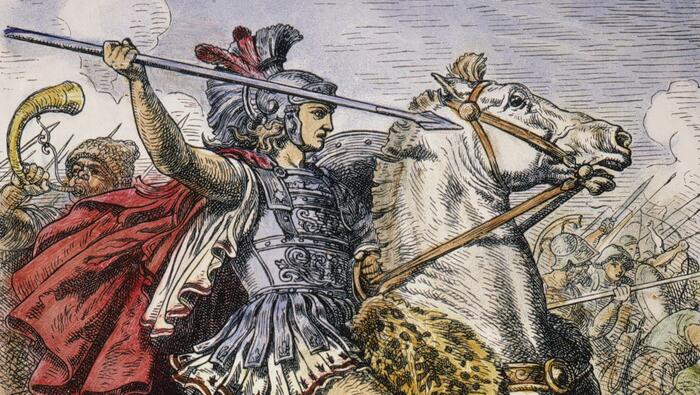
Alexander the Great
This is a timeline of the life of Alexander the Great, one of the most successful military generals in ancient history. He became king of Macedon at the age of 20 and went on to create the largest empire ever assembled at that point in history, which included parts of Europe, Africa, Asia, and stretched from Greece to northern India.
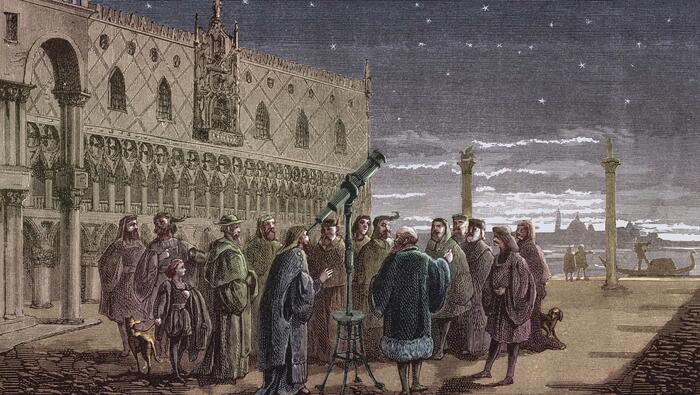
The Scientific Revolution
This is a timeline of the Scientific Revolution, a period of great scientific advancement in Europe in the 16th and 17th centuries. Marked by a rejection of traditional ideas and a questioning of religious beliefs, it led to a new approach to experimentation and significant breakthroughs in fields like biology, astronomy, and physics.
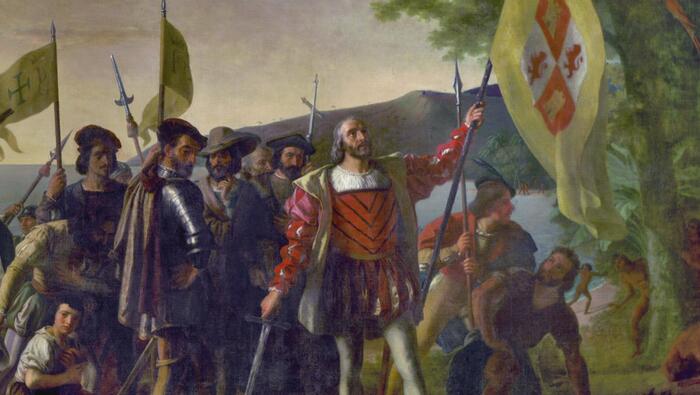
Christopher Columbus
This is a timeline of the life of the Italian explorer, Christopher Columbus. An admiral, and navigator, he set sail westwards from Spain in 1492 with the aim of arriving in the Far East, but instead, landed in the Americas, then unknown to Europeans. Seen as a hero and pioneer by some, by others he is seen as someone whose arrival brought suffering to people living in the Americas.
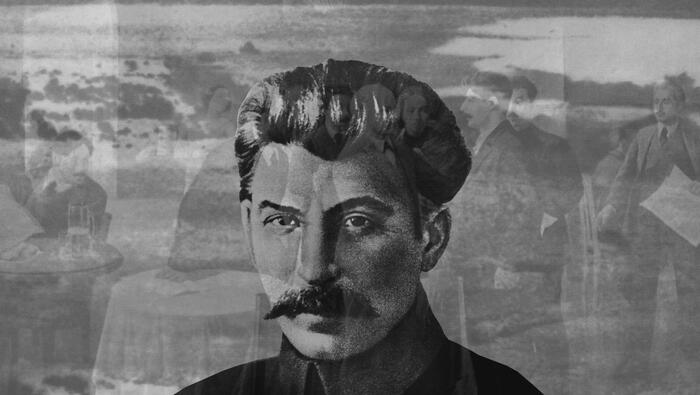
Joseph Stalin
This is a timeline of the life of Joseph Stalin, leader of the Soviet Union. Shaped by revolutionary forces, he rose through the ranks of the Communist Party to become one of the world's most powerful leaders. He led USSR through the horrors of the Second World War, fighting on the side of the Allies in the defeat of Germany.
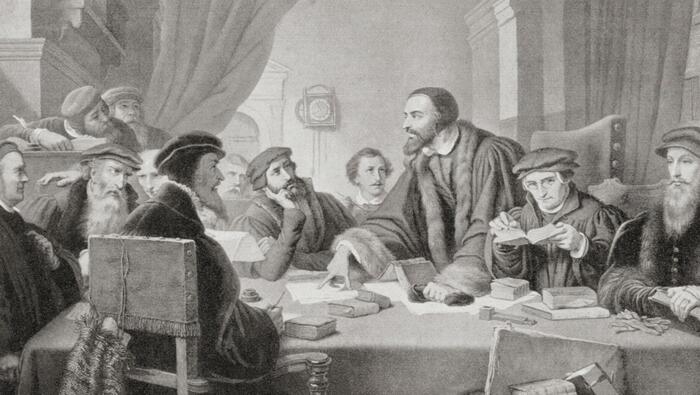
The Reformation
The Reformation was a 16th and 17th century movement challenging the Catholic Church in Europe. Led by Martin Luther, it sparked the rise of Protestantism and led to religious conflicts across Europe. It ended with a series of treaties in 1648, however the consequences of the reformation were devastating for the population of Europe.

